5 Human Activities That Can Cause Earthquakes
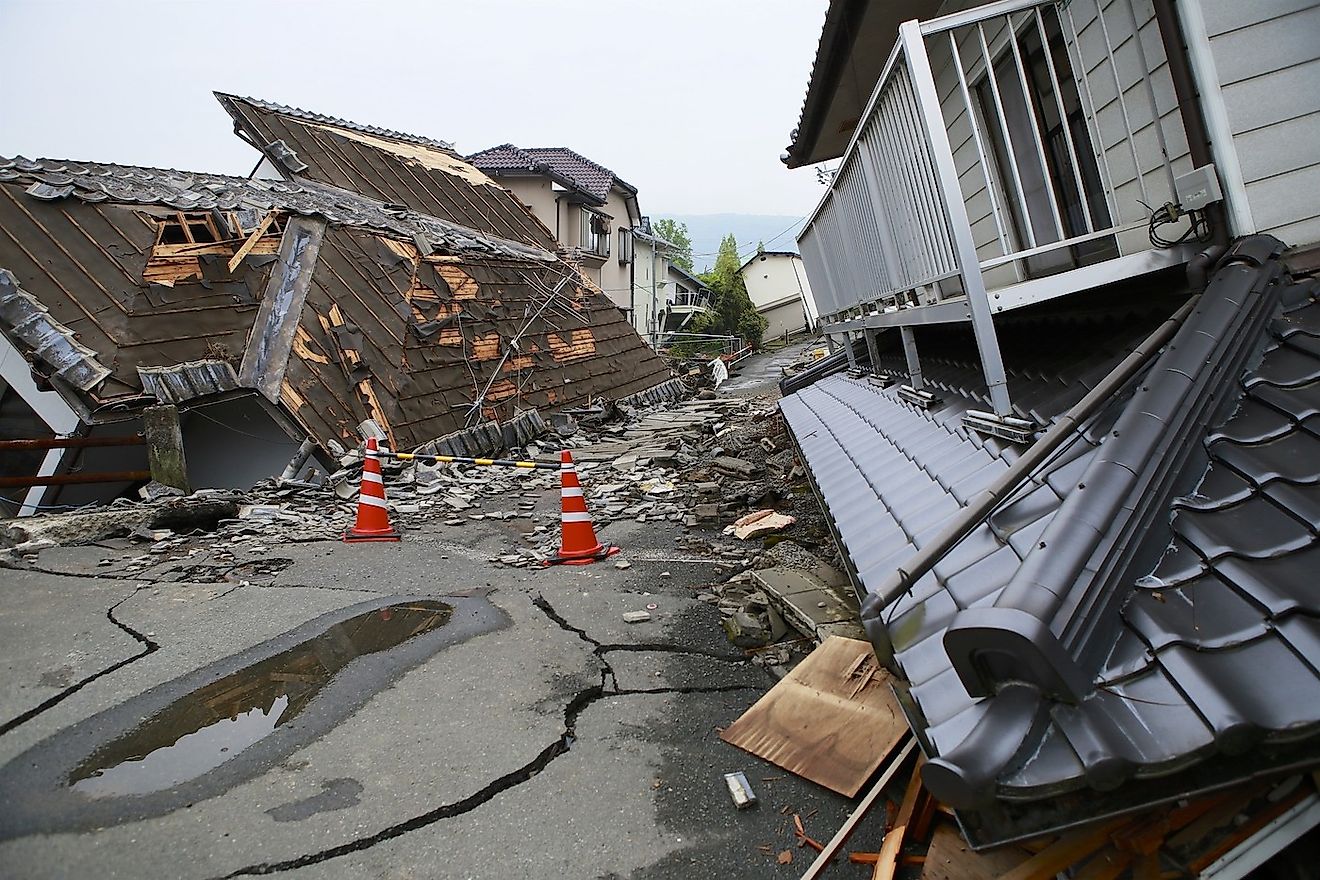
- Fracking for oil and gas can produce earthquakes as the initial drilling puts stress on the Earth, as well as the disposal of waste water.
- China's massive earthquake in 2008 that left 80,000 dead and missing is thought by scientists to have been caused by the weight of water accumulating in the Zipingpu Reservoir.
- Miners have died inside mines that collapse due to an earthquake caused by the extraction of rock from the Earth.
Earthquakes are happening all the time. According to the National Earthquake Information Center, our planet experiences about 20,000 earthquakes each year, and every day there are about 55 earthquakes that take place around the globe. Every year about 16 major earthquakes are expected to occur, based on historic records. The majority of earthquakes that occur happen where two tectonic plates meet at a fault line. As stress overcomes friction, energy waves are released through the Earth’s crust causing the ground to shake. Sometimes earthquakes are not caused by forces of nature, however, but rather by humans meddling with nature. Humans are causing more and more earthquakes to take place through industrial and commercial activities that put stress on the Earth.
As we extract the Earth’s contents, attempt to control the natural flow of water on the Earth’s crust, and cause dangerous explosions, we are disturbing the natural balance of the land to such an extent that it is shifting. Here are five human activities that are currently increasing the chances of earthquakes.
5. Mining Projects
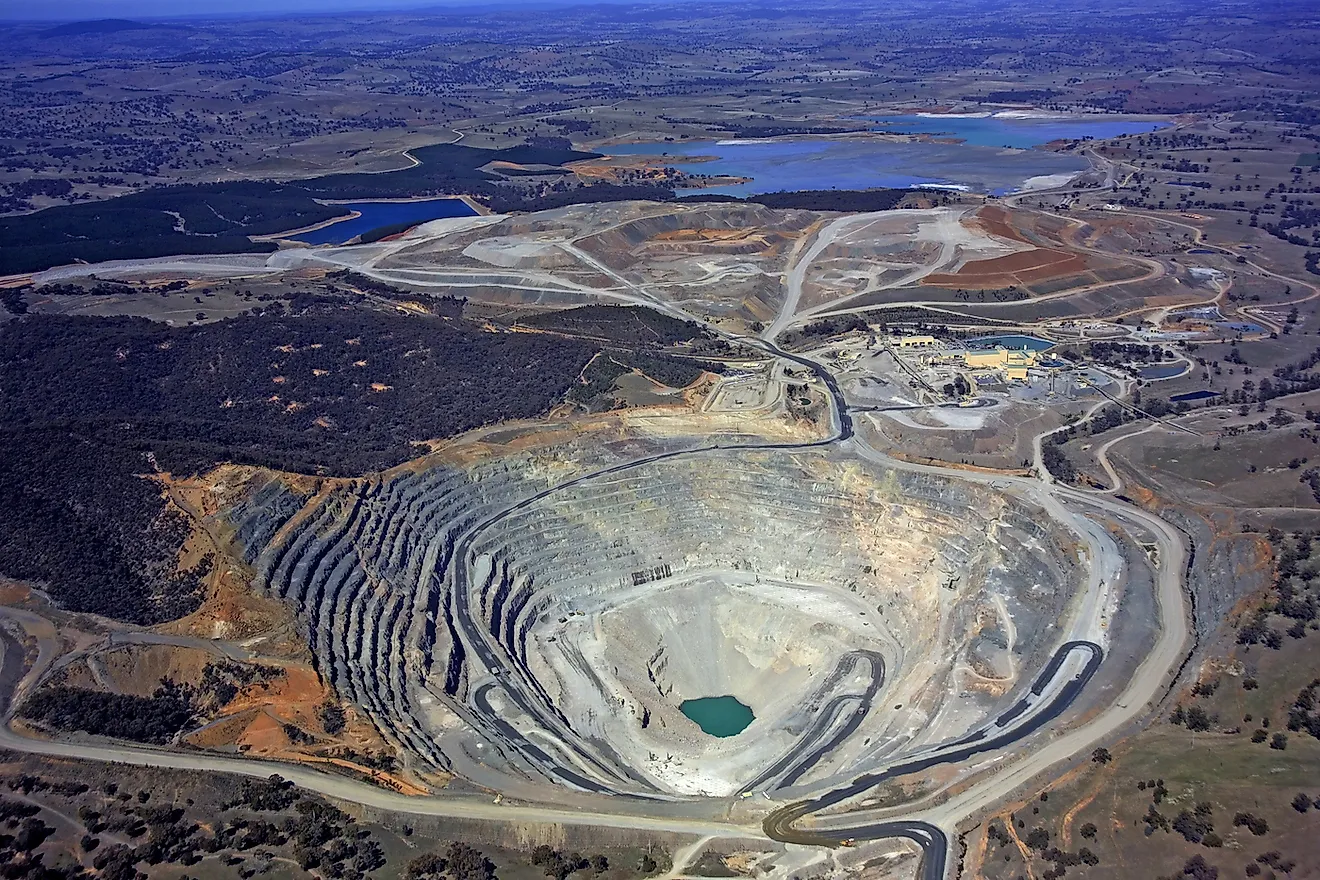
Mining is an age-old activity. Today, mining companies are digging deeper in the Earth’s crust than ever before. So many rocks and other materials are being removed from the Earth that instability in the ground is occurring, which is triggering earthquakes. According to a study published in the journal Seismological Research Letters, in the past 150 years there have been 730 locations across the world where humans have caused earthquakes, and the majority of these were caused by mining. In 2007, the Crandall Canyon coal mine in northwestern Emery County, Utah, collapsed triggering an earthquake measuring 3.9 in the area. Six miners were killed inside the mine, as were three rescue workers.
In the state of Utah, a very large majority of earthquakes are triggered by human activity. Just less than 2% of the tremors felt in Utah’s coal fields are actually naturally occurring. These quakes happen so often that miners actually have names for them, referring to the seismic waves as “bounces” and “bumps”.
4. Dam Building
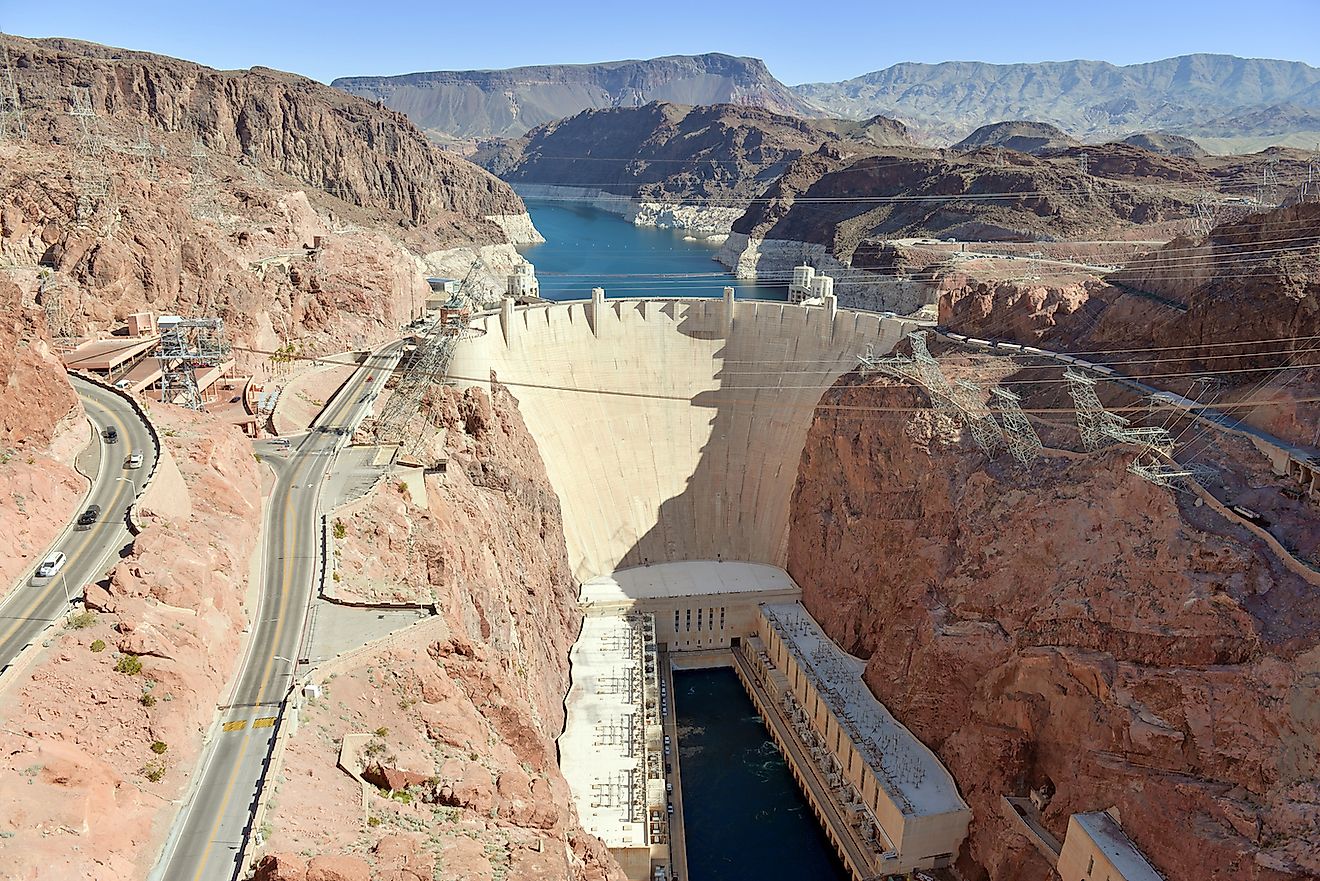
Another human activity that can cause an earthquake is dam building. The construction of dams has caused some of the largest and deadliest human-triggered earthquakes in history. China’s 2008 earthquake in Sichuan province that measured 7.9 on the Richter scale was a devastating event scientists believe was caused by the creation of a dam that resulted in 320 million tons of water collecting on top of a well-known fault line under the Zipingpu Reservoir. About 80,000 people died or have been unaccounted for in connection with this disaster.
Unfortunately, many of the world’s dams are built in earthquake-prone areas. This is because dams are often built in valleys, and these exist as a result of erosion. Large reservoirs of water can trigger earthquakes as stress builds up in the ground caused by the weight of the water on top of it. Reservoirs can also cause earthquakes as increased groundwater pore pressure makes the rock under the reservoir weaker. Earthquakes that are triggered by reservoirs generally only happen in places where there is already tectonic strain energy accumulating in the ground. The added pressure of the extra water simply causes this stored energy to be released earlier.
3. Fracking: Drilling
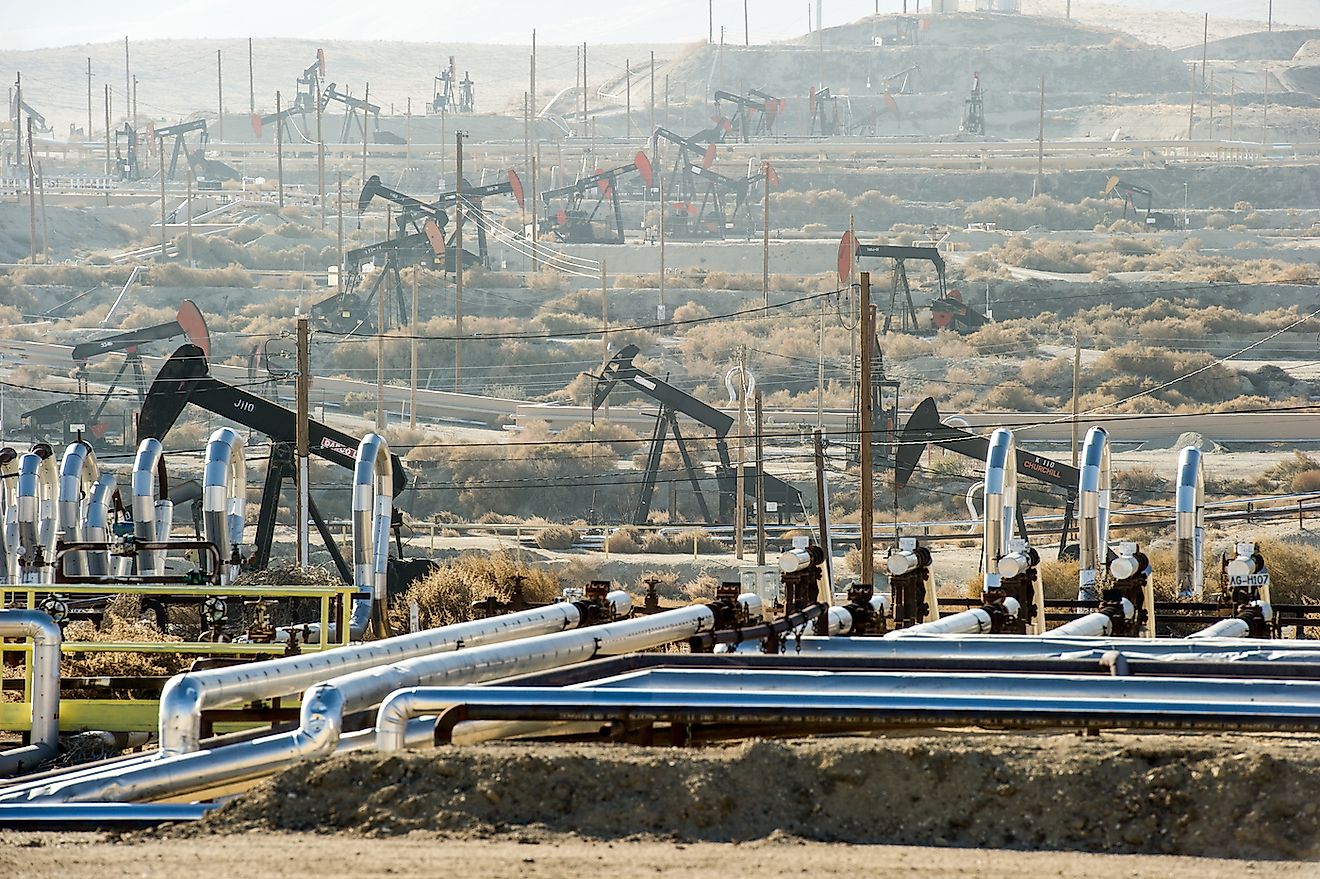
In the US, the practice of fracking for oil and natural gas causes many human-made earthquakes. Fracking involves injecting liquid at high pressures into subterranean rock in the hopes of forcing open existing fissures for the purpose of extracting oil or gas. In the US, many people living near fracking sites have launched lawsuits over injuries they have sustained in earthquakes caused by fracking, as well as damage to their homes. In Canada, most large earthquakes in Alberta and BC’s oil and gas patches have been linked to fracking.
2. Fracking: Disposal of Waste Water

The disposal of waste water produced in the fracking process also causes quakes. This waste water is the by-product of the sand, water, and chemicals used to fracture hydrocarbons from rock. The high-pressure it causes can lubricate existing faults and crack rocks, triggering earthquakes.
According to National Geographic, in places like Oklahoma, where there is a lot of fracking activity, hundreds of small earthquakes happen each year in locations that did not have so much seismic activity in the past. In fact, it has been found that the majority of human-induced earthquakes occurring in the US and Canada have been caused by the disposal of fracking waste water in the ground.
1. Nuclear Explosions
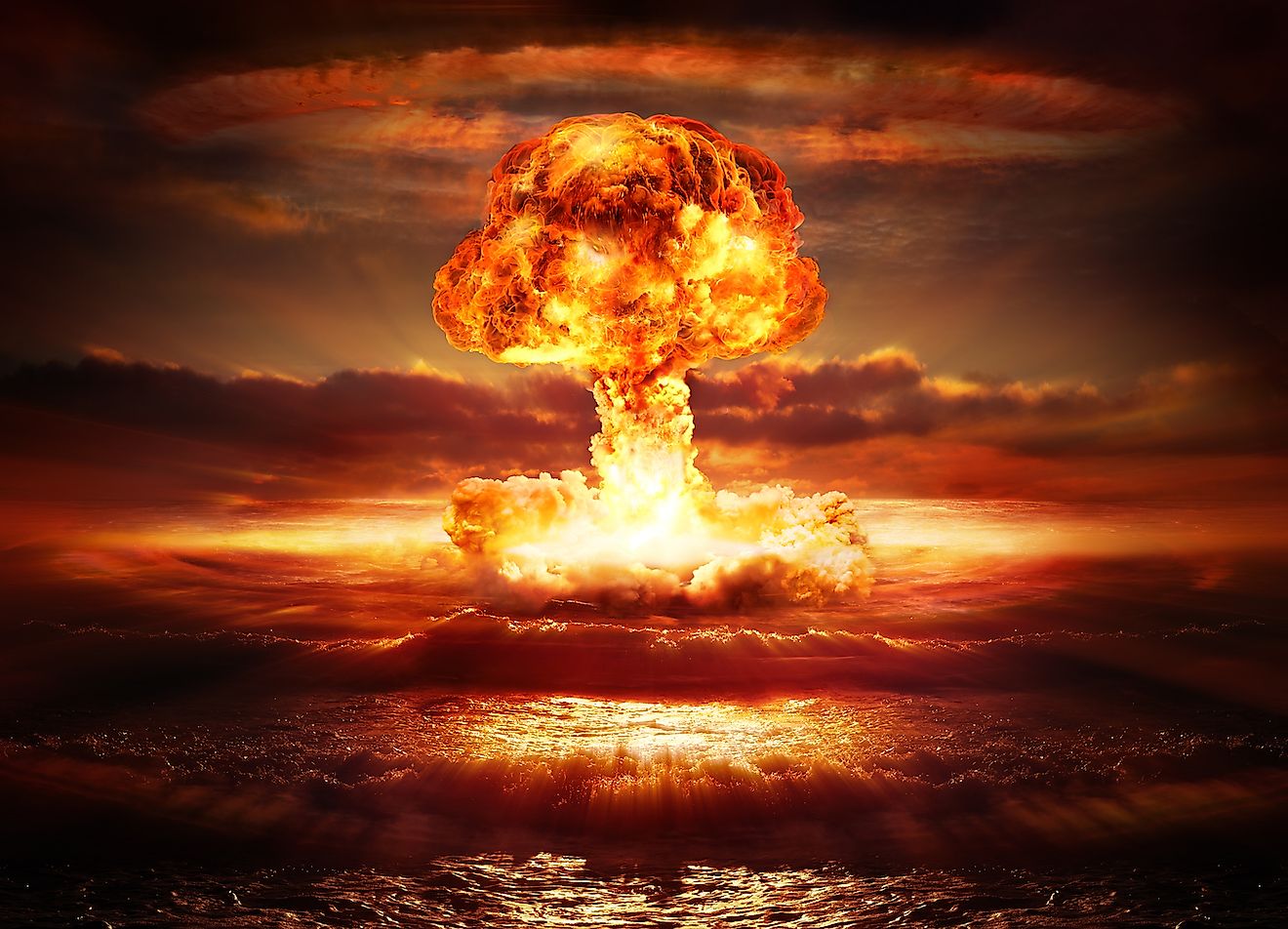
Last but not least, earthquakes are also sometimes caused by nuclear explosions. According to scientists at the Lamont-Doherty Earth Observatory at Columbia University, North Korea’s 2017 nuclear bomb test set off aftershocks that lasted for about eight months after the explosion. The bomb was set off near a previously unmapped fault line, and a first produced a 6.3 earthquake, followed by a magnitude 4 quake just minutes later. Seismometers located around the world recorded the two earthquakes, and those in China, and South Korea picked up the ten aftershocks. Scientists in the US are said to currently be analyzing the difference between the ground movement caused by a naturally-occuring earthquake and that caused by a nuclear explosion as the two can be so similar.











